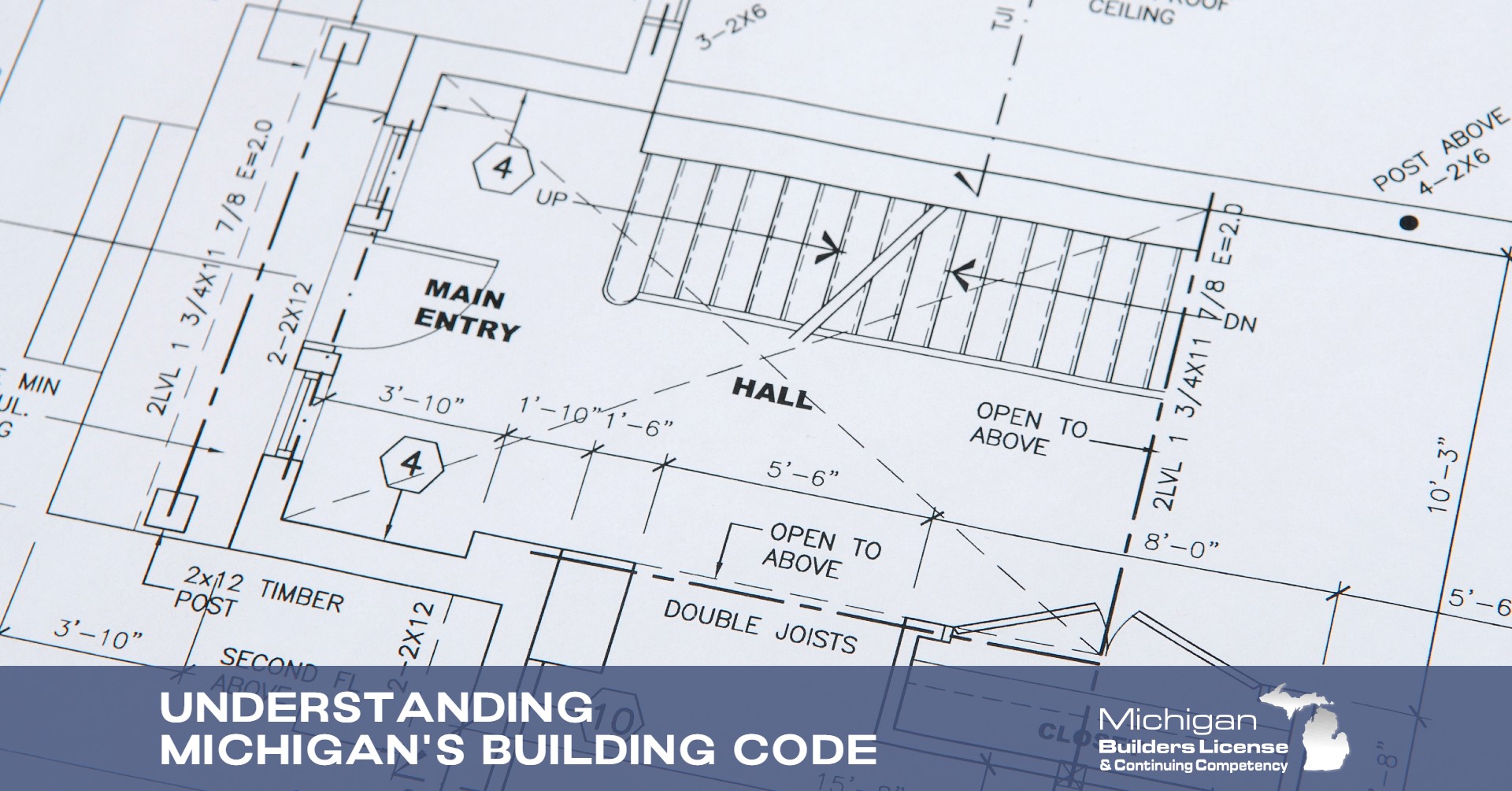Michigan, known for its stunning natural beauty and vibrant communities, is home to a diverse range of buildings, from modern skyscrapers to historic homes. The state has implemented a comprehensive set of building codes to ensure the safety and sustainability of these structures. This blog will explore the importance of Michigan building codes, key components, and benefits.
Why Building Codes Matter
Building codes are essential for protecting public health, safety, and welfare. They provide a uniform set of standards for designing, constructing, and maintaining buildings, ensuring they can withstand natural disasters, fires, and other hazards. By enforcing building codes, Michigan aims to:
* Reduce the risk of injuries and fatalities
* Minimize property damage and economic losses
* Promote sustainable and energy-efficient construction practices
* Support accessibility and inclusivity for all users
Key Components of Michigan Building Codes
Michigan's building codes are comprehensive and encompass various aspects of building design, construction, and maintenance. The codes are based on the International Building Code (IBC) and the International Residential Code (IRC), with state-specific amendments to address Michigan's unique needs and climate. The key components of Michigan building codes include:
Structural Integrity and Seismic Design
* Ensures buildings can withstand natural disasters like earthquakes and hurricanes.
* Specifies requirements for foundation, wall, and roof design
* Example: The University of Michigan's Engineering Research Building in Ann Arbor, designed to withstand seismic activity, features a seismic-resistant design with reinforced concrete and steel structures. (Source: University of Michigan News)
Fire Safety and Suppression Systems
* Mandates fire-resistant materials and assemblies
* Requires fire suppression systems, alarms, and emergency lighting
* Example: The City of Detroit's Fire Department requires commercial buildings to install automatic fire sprinkler systems, reducing the risk of fire-related injuries and fatalities. (Source: City of Detroit Fire Department)
Electrical and Plumbing Standards
* Ensures safe electrical installations and wiring
* Specifies requirements for plumbing fixtures, water heaters, and gas piping
* Example: The City of Grand Rapids Electrical Code requires all electrical installations to meet the National Electrical Code (NEC) standards, ensuring safe and efficient electrical systems. (Source: City of Grand Rapids)
Energy Efficiency and Conservation
* Promotes energy-efficient design and construction practices
* Specifies requirements for insulation, windows, and HVAC systems
* Example: The Michigan Energy Code requires new buildings to meet energy efficiency standards, such as LED lighting and high-performance HVAC systems, reducing energy consumption and carbon emissions. (Source: Michigan Energy Office)
Accessibility and Inclusivity
* Ensures buildings are accessible and usable by people with disabilities
* Specifies requirements for ramps, elevators, and accessible restrooms
* Example: The City of Lansing's Accessibility Code requires all new buildings to have wheelchair-accessible entrances, ramps, and elevators, promoting inclusivity and equal access. (Source: City of Lansing)
Building Materials and Testing
* Specifies requirements for building materials, such as fire-resistant roofing and siding
* Mandates testing and inspection of materials and systems
* Example: The Michigan State University's (MSU) Building Codes require all building materials to meet specific standards, such as fire-resistance testing for roofing materials, ensuring a safe and durable built environment. (Source: MSU Facilities Planning)
Benefits of Michigan Building Codes
By adhering to Michigan building codes, builders, developers, and property owners can enjoy numerous benefits, including:
* Reduced risk of accidents and injuries
* Lower insurance costs and property damage
* Increased property values and marketability
* Improved energy efficiency and cost savings
* Enhanced accessibility and inclusivity
* Compliance with state and federal regulations
Michigan building codes are a cornerstone of safety, sustainability, and accessibility. By understanding and adhering to these codes, we can create buildings that not only meet but exceed the standards, contributing to a better Michigan.




